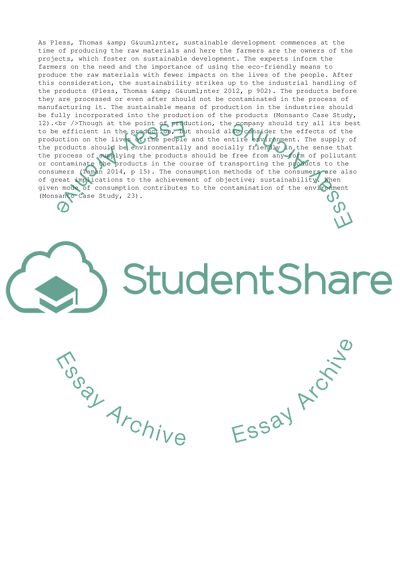Cite this document
(“Sustainable Development and Underlying Contradictions Essay”, n.d.)
Sustainable Development and Underlying Contradictions Essay. Retrieved from https://studentshare.org/management/1638103-sustainable-development-and-underlying-contradictions
Sustainable Development and Underlying Contradictions Essay. Retrieved from https://studentshare.org/management/1638103-sustainable-development-and-underlying-contradictions
(Sustainable Development and Underlying Contradictions Essay)
Sustainable Development and Underlying Contradictions Essay. https://studentshare.org/management/1638103-sustainable-development-and-underlying-contradictions.
Sustainable Development and Underlying Contradictions Essay. https://studentshare.org/management/1638103-sustainable-development-and-underlying-contradictions.
“Sustainable Development and Underlying Contradictions Essay”, n.d. https://studentshare.org/management/1638103-sustainable-development-and-underlying-contradictions.


